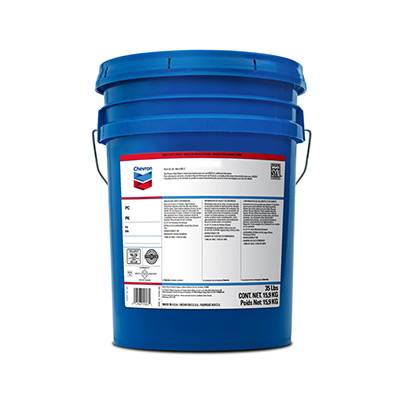des. . 05, 2024 14:34 Back to list
water flow control valve types
Understanding Water Flow Control Valve Types
Water flow control valves are essential components in various industries, including agriculture, manufacturing, and municipal water systems. They play a crucial role in regulating and controlling the flow of water, ensuring systems operate efficiently and safely. In this article, we will explore the different types of water flow control valves, their functions, and applications.
1. Globe Valves
Globe valves are one of the most common types of control valves used to regulate water flow. They consist of a spherical body with an internal baffle that allows the flow to be controlled by lifting or lowering a disc. This design enables precise flow regulation, making globe valves ideal for throttling applications. They are often used in water treatment plants and industrial processes. However, the flow might be reduced when the valve is partially closed, resulting in energy loss.
2. Gate Valves
Gate valves are primarily used for on/off control rather than flow regulation. They have a wedge-shaped gate that moves up and down to open or close the flow path. While not suitable for throttling, gate valves are advantageous in applications where pressure drop needs to be minimized. They are widely used in water distribution systems and are known for their durability and reliability. However, due to their design, they take longer to operate compared to other types of valves.
3. Ball Valves
Ball valves feature a hollow, perforated sphere (the ball) that rotates to either allow or block flow. This design provides excellent sealing capabilities and allows for quick switching between open and closed positions. Ball valves are preferred in applications where tight sealing is crucial, such as in irrigation systems and chemical processing. They are highly durable and can handle high pressure and temperature variations, making them suitable for various water flow applications.
water flow control valve types

4. Butterfly Valves
Butterfly valves utilize a circular disc that rotates around a central axis to control flow. The disc is positioned in the center of the pipe and can be turned to open or close the flow path. Butterfly valves are lightweight, compact, and easy to install, making them ideal for large-scale water systems where space is limited. They are commonly used in water treatment facilities and fire protection systems. Additionally, they provide a good flow regulation capability, although not as precise as globe valves.
5. Check Valves
Check valves are designed to prevent backflow in a piping system. They automatically close when water flows in the reverse direction, protecting pumps and other equipment from potential damage. Check valves come in various designs, including swing, lift, and ball check valves. They are vital in water distribution systems, irrigation, and various industrial applications to maintain proper flow direction.
6. Pressure Relief Valves
Pressure relief valves (PRVs) are critical for maintaining safe operating conditions in water systems. They automatically relieve pressure when it exceeds a preset limit, preventing potential system failure or damage. PRVs are commonly used in municipal water systems, boiler systems, and anywhere water is stored under pressure. Properly functioning pressure relief valves help avoid catastrophic failures and ensure system longevity.
Conclusion
Understanding the various types of water flow control valves is essential for selecting the right valve for specific applications. Each valve type offers unique features and benefits, making them suitable for different operational requirements. Whether in residential plumbing, industrial processes, or agricultural irrigation, the right valve helps ensure the efficient and safe management of water flow. As technology advances, we can expect further innovations in valve design and functionality, contributing to enhanced efficiency in water distribution and usage across various sectors.
-
thread-plug-gauge-our-promise-of-measurement-excellenceNewsAug.22,2025
-
gauge-pin-class-reflecting-quality-legacyNewsAug.22,2025
-
check-valve-types-for-high-rise-buildingsNewsAug.22,2025
-
water-control-valve-for-irrigation-systemsNewsAug.22,2025
-
gate-valve-with-soft-seal-technologyNewsAug.22,2025
-
y-type-strainer-for-oil-and-gas-applicationsNewsAug.22,2025
Related PRODUCTS









